Let’s Talk About Urban Forest Equity
The benefits of a healthy urban forest should be available to all residents, but that’s not yet the case.
June 14, 2021 | Alec Sabatini
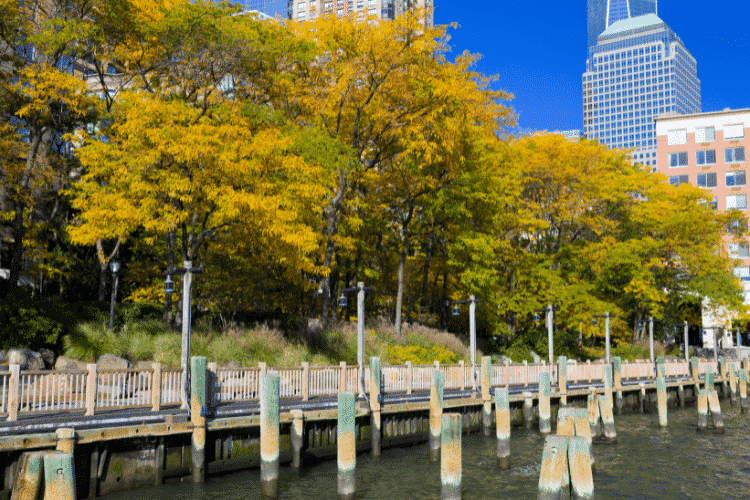
In a previous article, we dug into the process of setting citywide urban tree canopy cover goals (like 30% canopy by 2030). These goals are a great way to measure urban forest health broadly, but just as important is how equally tree canopy is distributed among the residents of the community. This concept is often referred to as urban forest equity or tree equity.
In many cities, a map of the urban tree canopy can also function as a map of race and wealth. Low-income neighborhoods of color have consistently less tree canopy than affluent neighborhoods. Systemic racism pervades many American institutions and the unbalanced distribution of urban forests is a visible reminder that inequities of the past and present are also ingrained in our built environment.
The benefits of a healthy urban forest should be available to all residents, but far too often the neighborhoods that could most use greenspace and urban trees have the least.
“Our cities are not like tropical rainforests that developed on their own. People designed cities. And, unfortunately, they did not factor in the needs of everybody when doing so. The design process was far from inclusive.”
–Sarah Lillie Anderson, American Forests Senior Manager of Tree Equity
The Roots Of Urban Forest Inequity
So how did the urban canopy come to be so unevenly distributed by race, income, education, and homeownership rate?
One of the primary causes was redlining, a discriminatory housing policy that started in the 1930s that limited access to homeownership and wealth creation among racial minorities. An analysis of 37 metropolitan areas showed that the ranking system that unjustly identified areas as “too risky” for housing loans still parallels where sparse urban tree canover exists today.
Though redlining ended in the 1970s, urban forests develop slowly and have preserved the evidence of these practices for decades. One study found that demographics and age of housing from the 1960s were a better predictor of the tree canopy in 1999 than the same characteristics from just one year later, in 2000.
Unbalanced urban forest planning is not resigned to the 1930s. Even well-intentioned efforts like free or reduced-price tree planting programs can actually widen the tree canopy gap.
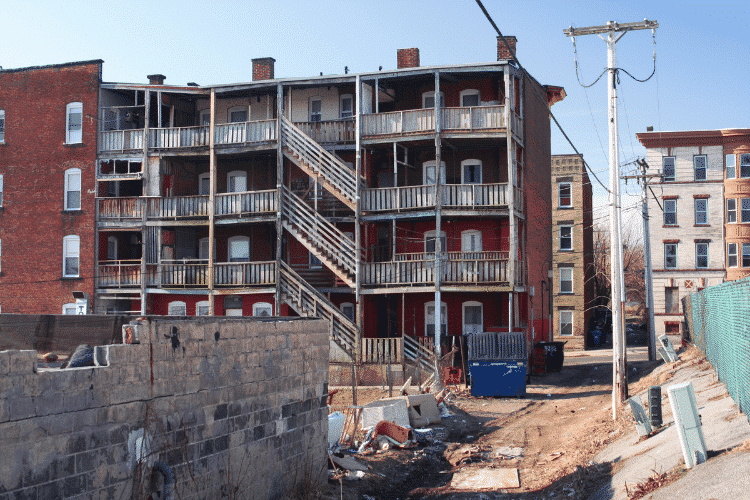
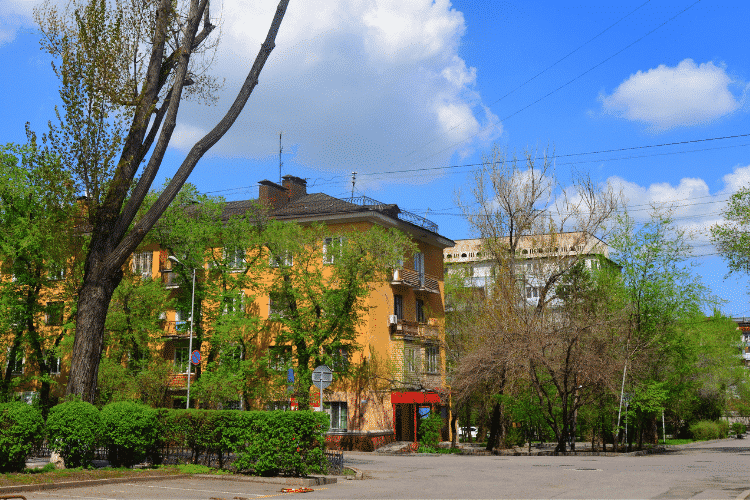
Improving Urban Forest Equity Starts with Mapping the Problem
An urban tree canopy (UTC) assessment can provide a clear picture of the location and extent of canopy disparity. UTC assessments map the existing tree canopy and layer that information with other geolocated data, including age, race/ethnicity, income, and public health metrics. This spotlights where trees are lacking for certain groups of people and where expanding the tree canopy could have the greatest impact on living conditions.
PlanIt Geo’s Geospatial Services Team regularly performs these analyses. In particular, evaluating communities at the census block scale helps determine how equitable the tree canopy is distributed since census blocks are linked to all major demographic and socioeconomic data. For an example of what this analysis can look like, check out the Urban Forest Management Plan for Tacoma, WA, which established specific planting goals for low-income and low canopy census blocks (pages 51 and 52).
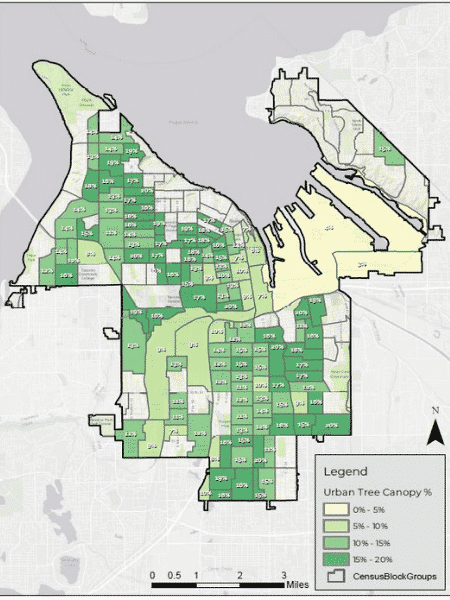
Census Block Level Tree Canopy Analysis of Tacoma, WA
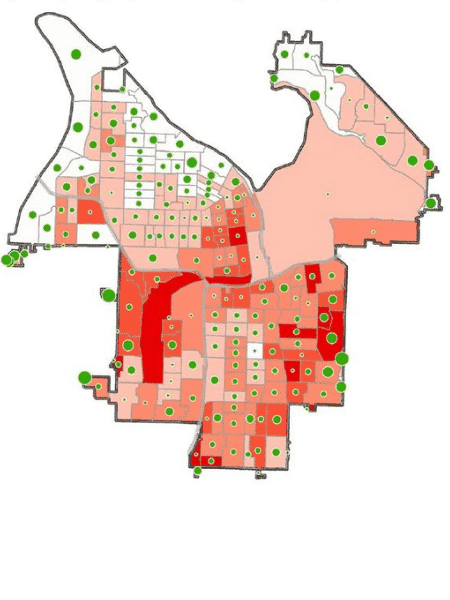
Census Block Level Demographics and Planting Priorities in Tacoma, WA
Another data-driven tool designed exclusively to address this issue is American Forests’ Tree Equity Score Analyzer. This application uses factors like existing tree cover, population density, income, employment, race and ethnicity, and urban heat island effect to assess whether a neighborhood has enough trees for all residents to experience the benefits of their urban forest.
So far the Tree Equity Score Analyzer has tested 8 pilot locations and the goal is to analyze all 486 Census-defined urban areas by 2022. The functionality of the Tree Equity Score has also been added to the most recent version of TreePlotter™ CANOPY, so TreePlotter users can get a more comprehensive understanding of their urban canopy context.
Quantifying the urban tree canopy cover and scoring equity is just a first step to addressing a complex problem. The data provided by these tools can and should be leveraged by urban forest managers to receive additional funding or protect existing resources. The information helps, but bridging the canopy gap requires trees in the ground, guided by a thoughtful and strategic plan of action.
Designing Planting Programs That Work
Improving the equity of urban forests takes a focused effort. Luckily, there are some excellent examples that offer up key steps to an effective and inclusive tree planting program.
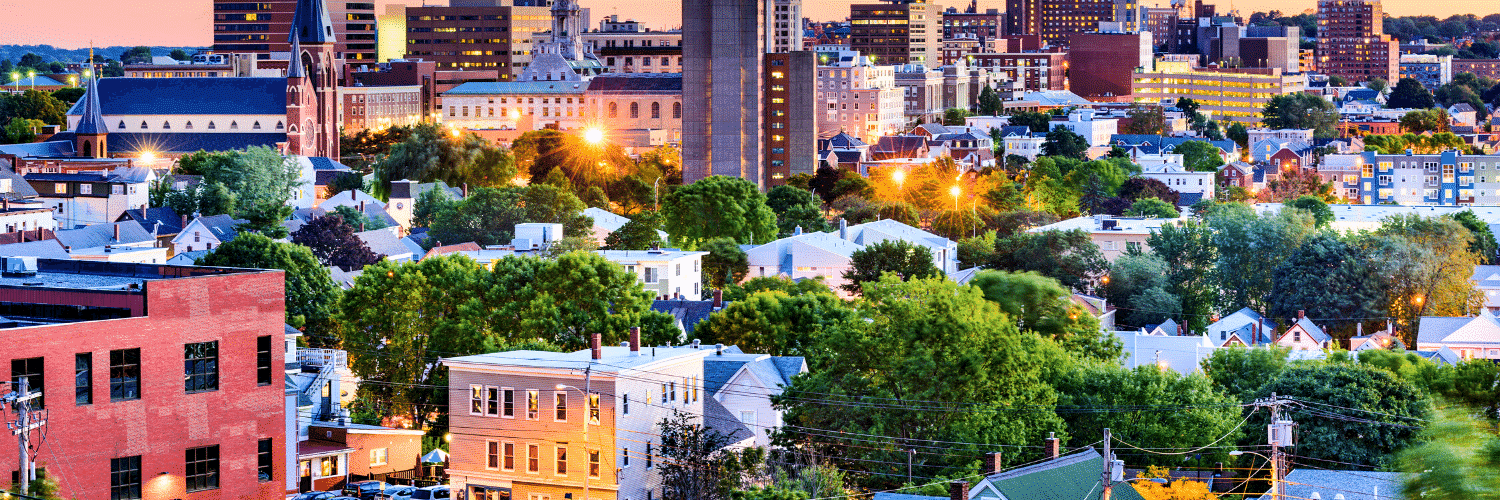
The City of Portland found out it had one of the most imbalanced canopy distributions in the US. To work towards a more equitable canopy the Portland Parks and Recreation Department created a Five-year Racial Equity Plan to increase tree access for communities of color, low-income, refugees, and immigrants.
To inform the writing of the plan the department used surveys in multiple languages and connected with existing community groups. The results identified significant barriers for new tree plantings, such as varying cultural values, limited resources, the disempowerment of renters, and fears of gentrification.
The relative value of trees was another insight from the public outreach efforts. There was a disconnect between what tree benefits the government valued and praised and what residents really cared about. While the city touted the benefits of stormwater and carbon sequestration, surveys showed
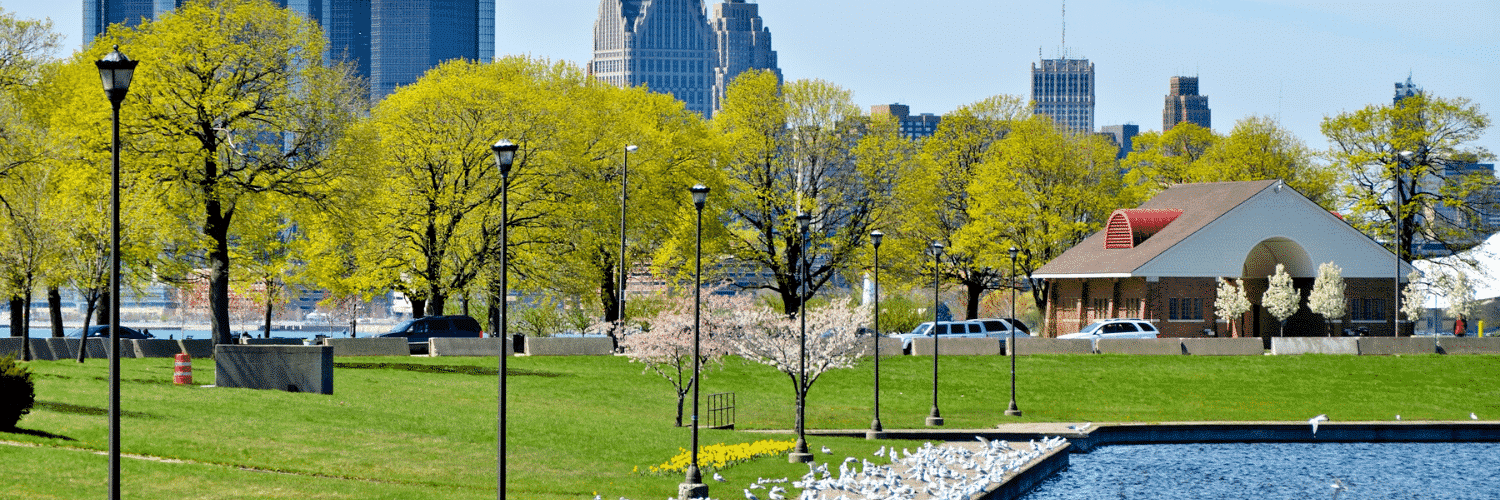
Communities of color, immigrants, and refugees can have a personal or historic lack of trust with government agencies. For this reason, nonprofits can sometimes be best positioned to carry out tree-planting programs.
The nonprofit Greening of Detroit was curious why a quarter of Detroit residents were turning down free street trees. They looked into it and found that historically tree removals and plantings were carried out with very little regard for residents’ input. There was an ingrained lack of trust when it came to the city’s handling of trees.
To rebuild community trust The Greening quadrupled their outreach staff and hired exclusively from the communities they were working in. This allowed the organization to revise the historical narrative of poorly managed city trees being a burden, not a benefit, and to date, they’ve planted over 131,000 trees in Detroit.
The maintenance needs of trees, especially during the establishment phase, can deter residents from getting new trees on their property. The Baltimore Tree Trust has had great success by committing to the maintenance of planted trees for a full two years. They also have kept their focus narrow, working on one neighborhood at a time and expanding mostly by word of mouth.
Urban forest managers are increasingly looking at equity as a metric to grade all of their planning and management efforts against. It takes time to correct these imbalances but with meaningful public engagement and data-driven planting strategies, the racial and wealth canopy gap can be bridged.
Related Resources
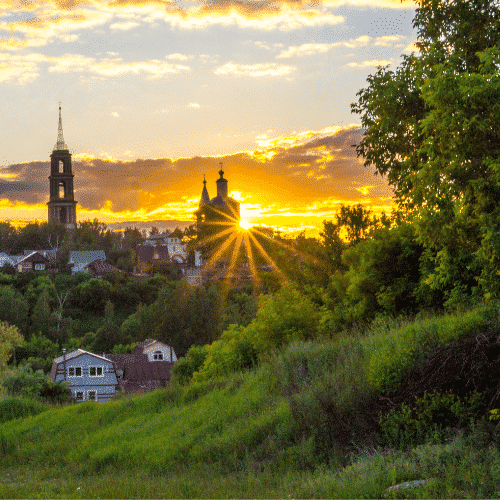
How To Set Effective, Evidence-Based Urban Tree Canopy Goals
Urban tree canopy goals must walk a careful line of ambition, inspiration, and practicality. To encourage well-informed canopy cover goals we have assembled some best practices to help communities find the right target for them.
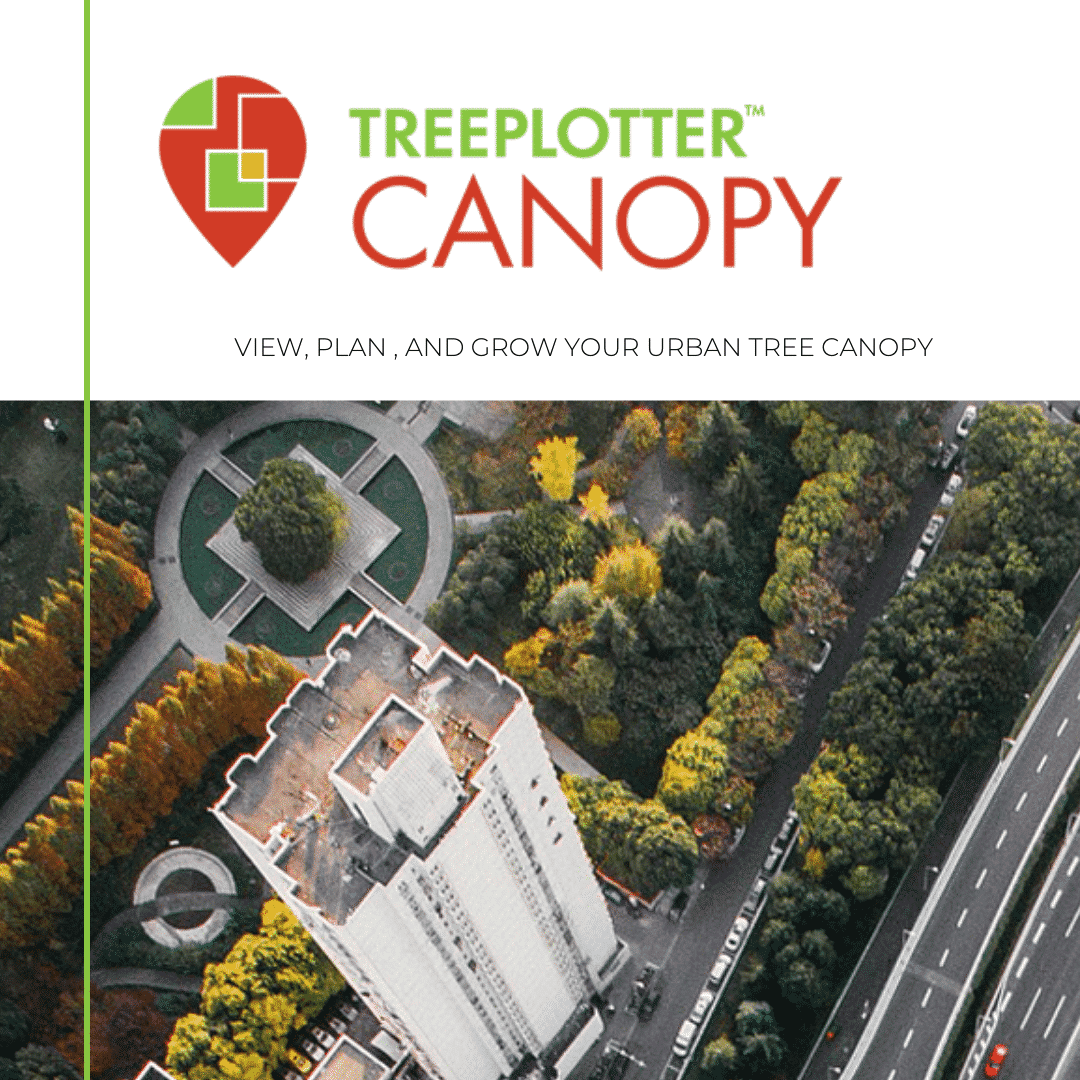
AI-Driven Tree Canopy Assessments Ready Tomorrow
Mapping and analyzing your urban tree canopy data should be easy and affordable so you can spend more time on planning, management, operations, and community engagement tasks.
Make more time for what’s important by utilizing AI-driven tree canopy data to assess your urban forest.
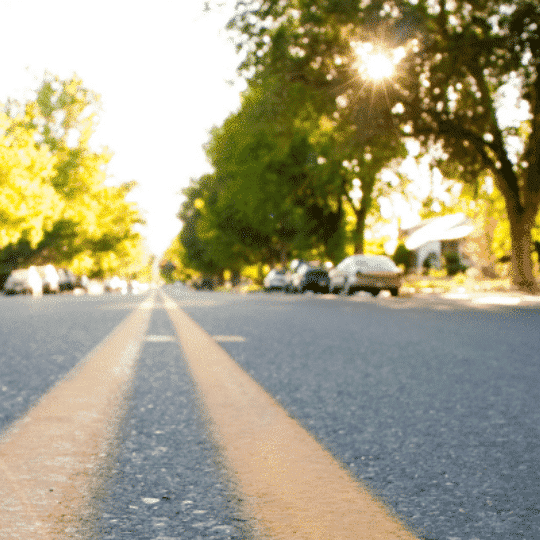
Can Community Investment Reduce Crime?
An objective, science-based review of available literature on community investment as a crime-reduction strategy.
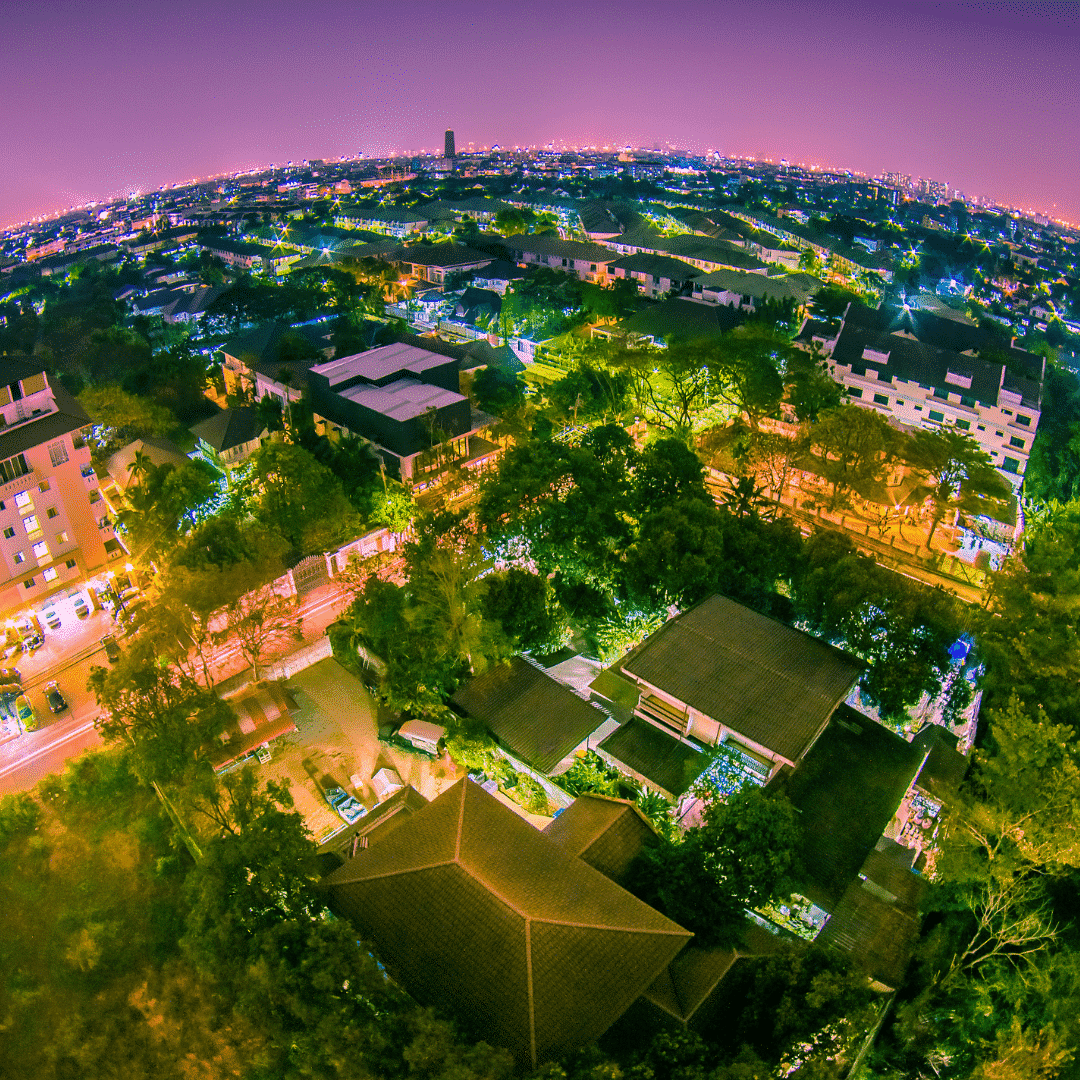
How to Leverage Your Tree Canopy Data
Tree canopy assessments provide detailed data to perform a variety of next steps. In this on-demand webinar, you will hear from past clients how they leveraged their tree canopy data.
Stay Up To Date With The Latest News and Events
Join Our Community
Stay informed on the urban forestry industry with our monthly TREEbune newsletter, live webinars, and industry-specific content delivered to your inbox.
Urban Forestry Webinars
PlanIT Geo has a substantial on-demand webinar library. Get CEU credits, grow your knowledge base, and stay current on cutting edge industry technology.
Follow Us
We love to share industry-related news, software tutorials, blogs, and company news across our social channels.
Stay Up To Date With The Latest News and Events
Join Our Newsletter
Stay informed on the urban forestry industry with our monthly TREEbune newsletter, live webinars, and industry-specific content delivered to your inbox.
Urban Forestry Webinars
PlanIT Geo has a substantial on-demand webinar library. Get CEU credits, grow your knowledge base, and stay current on cutting edge industry technology.
Follow Us
We love to share industry-related news, software tutorials, blogs, and company news across our social channels.
